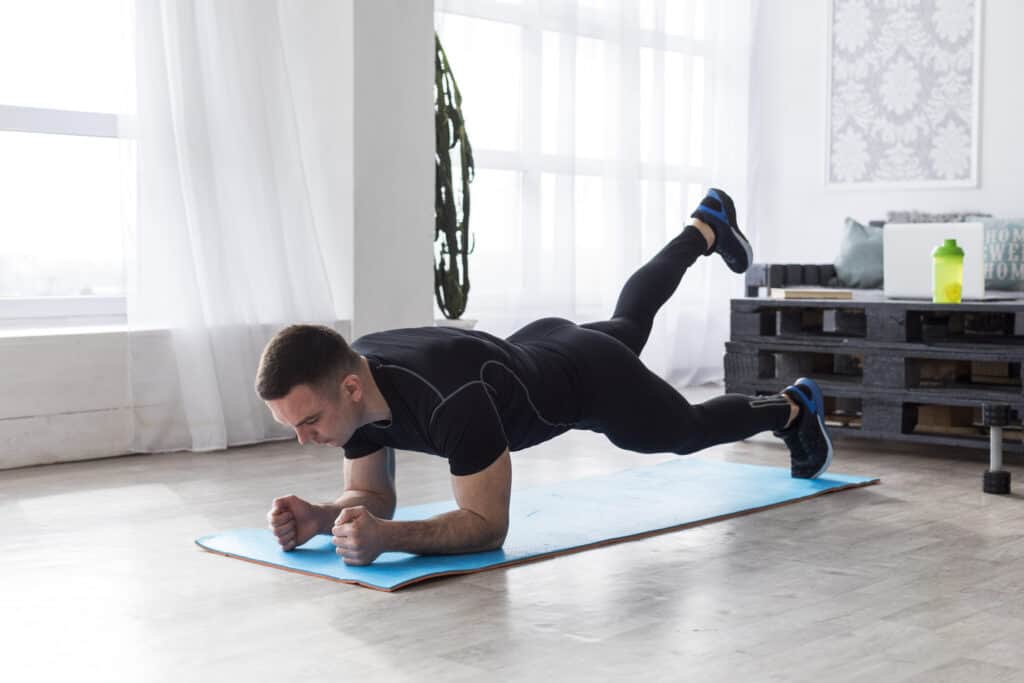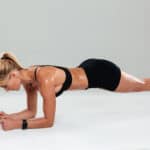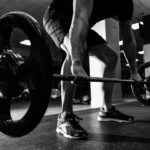What is one thing an athlete and most gym-goers have in common? Both are trying to developed strong, functional abs. For this to happen, core stabilization should be an important part of each training program. An athlete is trying to improve overall performance for their sport. The gym-goer is typically looking to lose some weight, get stronger and get washboard abs. Both individuals, though, need to the understand that core stabilization exercises are a needed component for each respective training program.
Muscle Groups that Make Up the Core
There are seven major muscle groups that make up the core. These include:
- Rectus abdominis
- Transverse abdominis
- Obliques
- Multifidus
- Diaphragm
- Erector spinae
- Pelvic floor
The core muscles are the muscles deep within the abdominal area and back, they can attach to your spine or pelvis. When you look at them together, they number thirty-five in total. They are muscles like the psoas major and minor, quadratus lumborum, external obliques, etc. These muscle groups make up the lumbar region, pelvis area and hip complex.
What is Core Stabilization?
According to the National Academy of Sports Medicine, core stabilization refers to “any muscle that crosses over or directly acts upon the lumbar-pelvic-hip complex” (NASM, 2018). NASM likes to it explain it this way. If you “un-plug” the arms, legs and head from the body, everything else that remains is considered your core. Core stabilization can be thought of as the ability of the lumbar-pelvic-hip muscle complex to control lower trunk movement and maintain stability of the vertebral column.
Exercises that Develop Core Stability
In essence, core stability results in exercises that seek to resist movement. You can place each exercise into one of three categories:
- Anti-Extension
- Anti-Rotational
- Anti-Lateral Flexion
If you look at the scientific literature, there is no clear winner in terms of which one is best. With that said, work all three into your training program, 2-3 times a week.
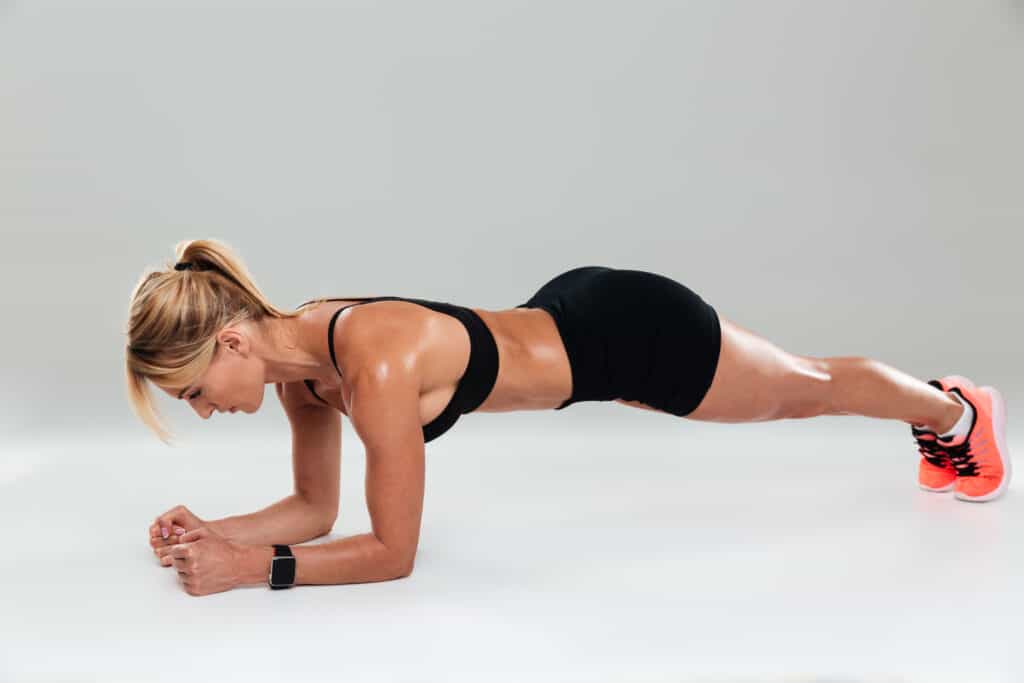
Anti-Extension Exercises
The focus of these types of exercises is to resist extending or arching the spine.
-Deadbug
Anti-Rotational Exercises
These types of specific movements help train the hips and spine to resist rotation.
-Paloff Press
-Single Leg Romanian Deadlift
Anti-Lateral Flexion Exercises
These types of specific movements target your external and internal obliques and quadratus lumborum.
-Single Arm Loaded Carry
-Single Arm Overhead Carry
We wanted to mention that some experts use four categories when describing core stabilization. We did not add anti-flexion exercises as part of our list. These are just a few of the many core stabilization exercises that can benefit you in many ways. Many bodybuilders and athletes alike understand that a strong core improves performance and can help with just about every exercise you do in the gym. Core stabilization exercises play an important part in that process.
References
Gomes-Neto, M., et al. (2017). Stabilization exercise compared to general exercises or manual therapy for the management of low back pain: A systematic review and meta-analysis. Physical Therapy in Sport, 23, 136–42.
National Academy of Sports Medicine. (2018). NASM Essentials of Personal Fitness Training (6th ed.). Burlington, MA: Jones & Bartlett Learning.
Stay Strong Together
The Jefit app comes equipped with an advanced customizable workout planner and training log. Take advantage of Jefit’s exercise database for your strength workouts. Visit our members-only Facebook group. Connect with like-minded people, share tips, and advice to help get closer to reaching your fitness goals. Jefit was named best strength training app for 2024, by PC Magazine, Forbes, and Garage Gym Reviews.
- A Brief Review of the Benefits of Intermittent Fasting - April 29, 2024
- The Importance of Mobility for Better Exercise and Aging - April 26, 2024
- 3 High Calorie Burning Outdoor Activities to Try - April 17, 2024
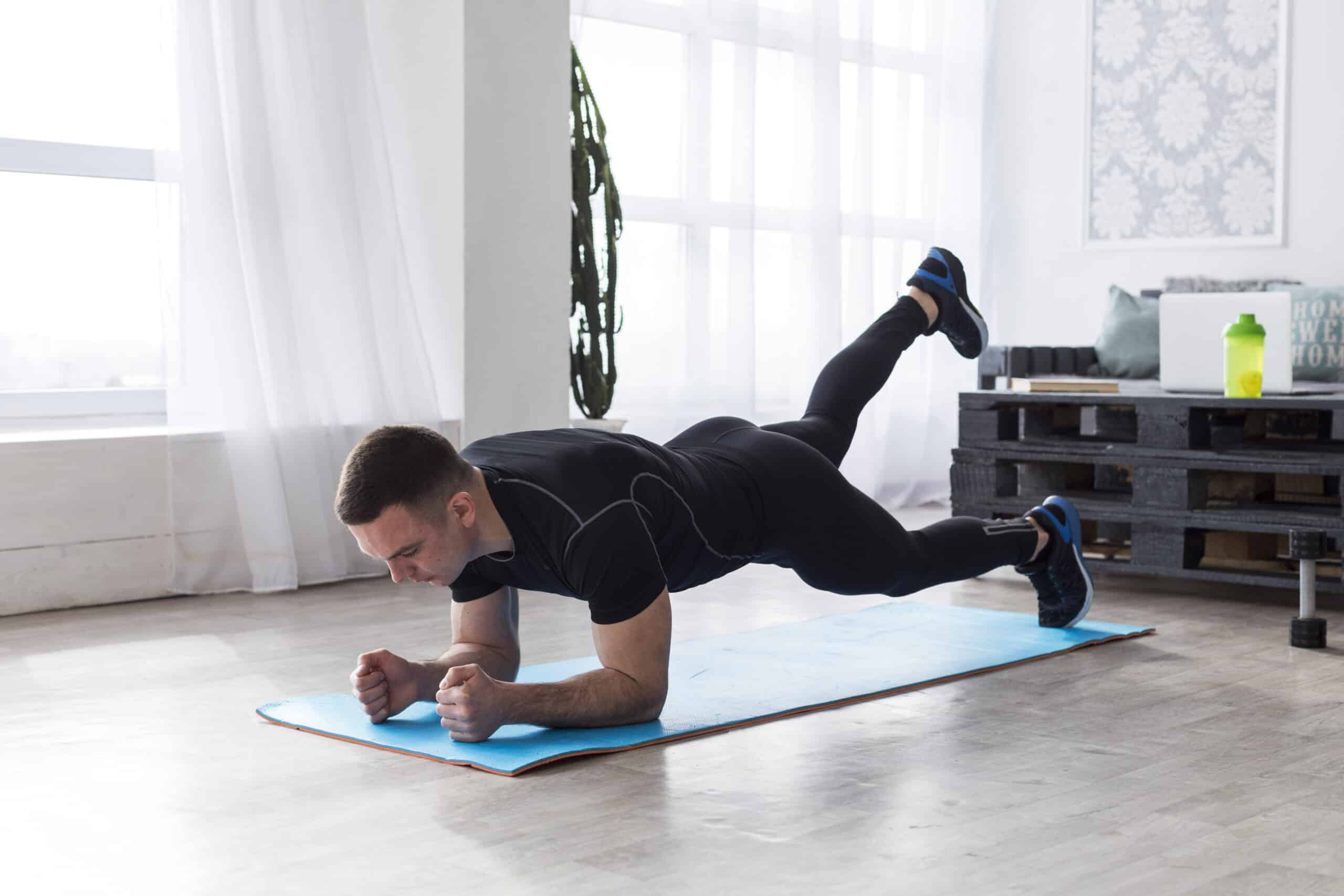
Share via:
